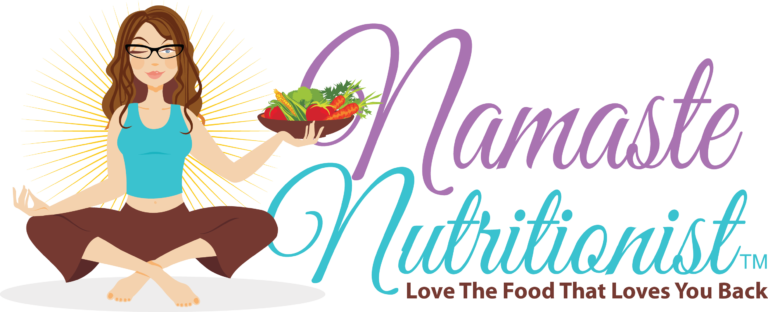People who meditate regularly report it helps increase happiness, joy, enthusiasm, stress-resilience, and efficiency in work. They also report less stress and anxiety.
Researchers report meditation benefits our mental health by reducing depression, anxiety and cognition. Studies show it increases gray matter in the brain in ways that helps you better control your thoughts and reactions. It might help you stave off dementia because your brain ages slower with regular meditation.
Science also verifies that meditation benefits our blood pressure, heart health, and much more. It helps with sleep, and you might just feel better rested after meditating than after a nap.
Meditation is also used in weight loss programs, as it helps curb over-eating and emotional eating. (Weight watchers wrote about it here.)
Spiritual teachers espouse the benefits as well. You can read what Sri Sri Ravi Shankar wrote about the spiritual benefits here.
Why, then, aren’t more people practicing meditation?
For many, the issue is about time. For others, it is about not having a great technique or strategy to relax and settle down. (I wrote about the health benefits and making time for meditation here.)
A calm and quiet mind can be hard to find
Our hyper-paced modern lives seem to keep us perpetually wired. Thankfully, there are a number of ways you can slide into a deeper, peaceful meditation that leaves you charged and refreshed.
Try these tips to prepare you for meditation:
- Make sure you’re getting physical exercise. Yoga, walking, or dancing are wonderful ways to move stagnant energy so that sitting to meditate is more comfortable.
- Meditate before you’ve had caffeine, or other stimulants. A caffeinated mind is an active mind, and this will prevent you from sliding into a restful meditative state.
- Meditate before you’ve eaten a meal. If you’re hungry, you can have a light snack, such as a piece of fruit, or a couple of crackers.
- Sit up to meditate. Lying down tells the mind that it is time to sleep.
- Find a comfortable position so that you can sit for 20-30 minutes without strain.
- Use a transition to help you prepare for meditation. Yogic breathing exercises are very beneficial. For a few moments before starting your meditation, you could also practice yoga, take a bath, or practice mantras or mudras.
In the guided meditation offered in this podcast, you’ll receive guidance on a yogic breathing exercise called “alternate nostril breathing” (if you prefer to see a tutorial on this, see this video.)
Last week, you heard the expert meditation teacher, Jim Larson, explain why meditation is so valuable in our busy, busy lives. Find that post and podcast here.
This week, check out his *awesome* guided meditation that he recorded especially for the Namaste Nutritionist audience.
Now, I’d love to hear from you. In the comments below, please share with me:
- Do you have a meditation practice (where you sit down and close your eyes for a few minutes)? Tell me about it.
- Have you ever found meditation to be difficult? If so, what have you found to be helpful?
- If you don’t regularly meditate, what are the biggest challenges for you to develop a routine with it?
Podcast: Play in new window | Download


8 responses to “Guided meditation to reduce stress & anxiety”
Meditation does have great benefits. I’ve been using the Holosync products for a long time.
Lilia, I’ve not heard of the Holosync products. Guessing they are related to meditation?
Very interesting guided meditation. Thanks!
I hope you are able to get a lot of mileage from it! =0) Let me know how it goes. All the best to you.
Well.. I gotta say, meditation after a spot of tea always works really well for me. Green tea. Thank you for the meditation!
Nancy, that does indeed sound Divine!
Frances, thank you for this very beginner friendly resource. It’s a great service that you are doing and I hope that you inspire a lot of people to try meditation! It has lots of wonderful health benefits and that’s why it’s part of my Fertility in Bloom program.
Dorothy, how cool to use meditation to help with a fertility program! Best wishes to you!